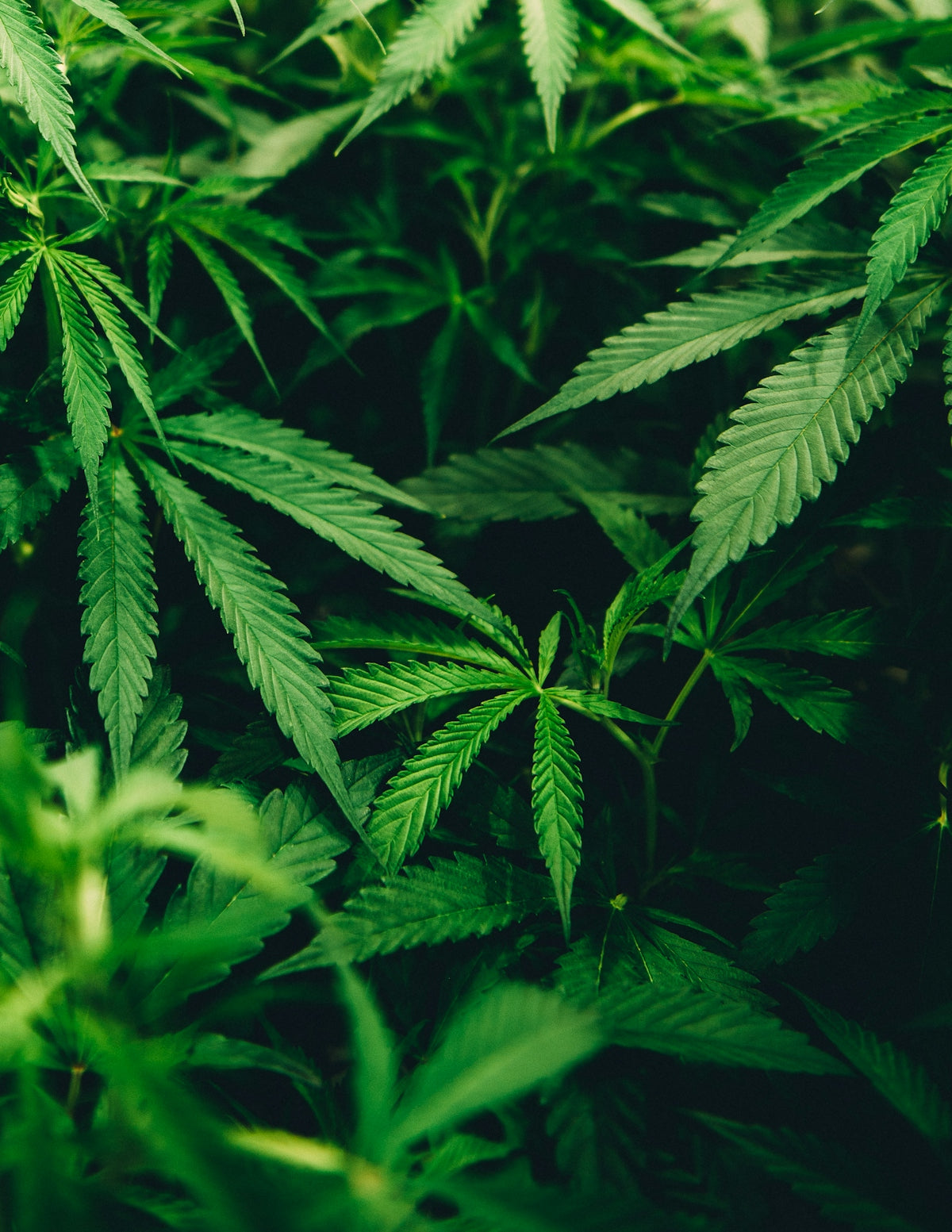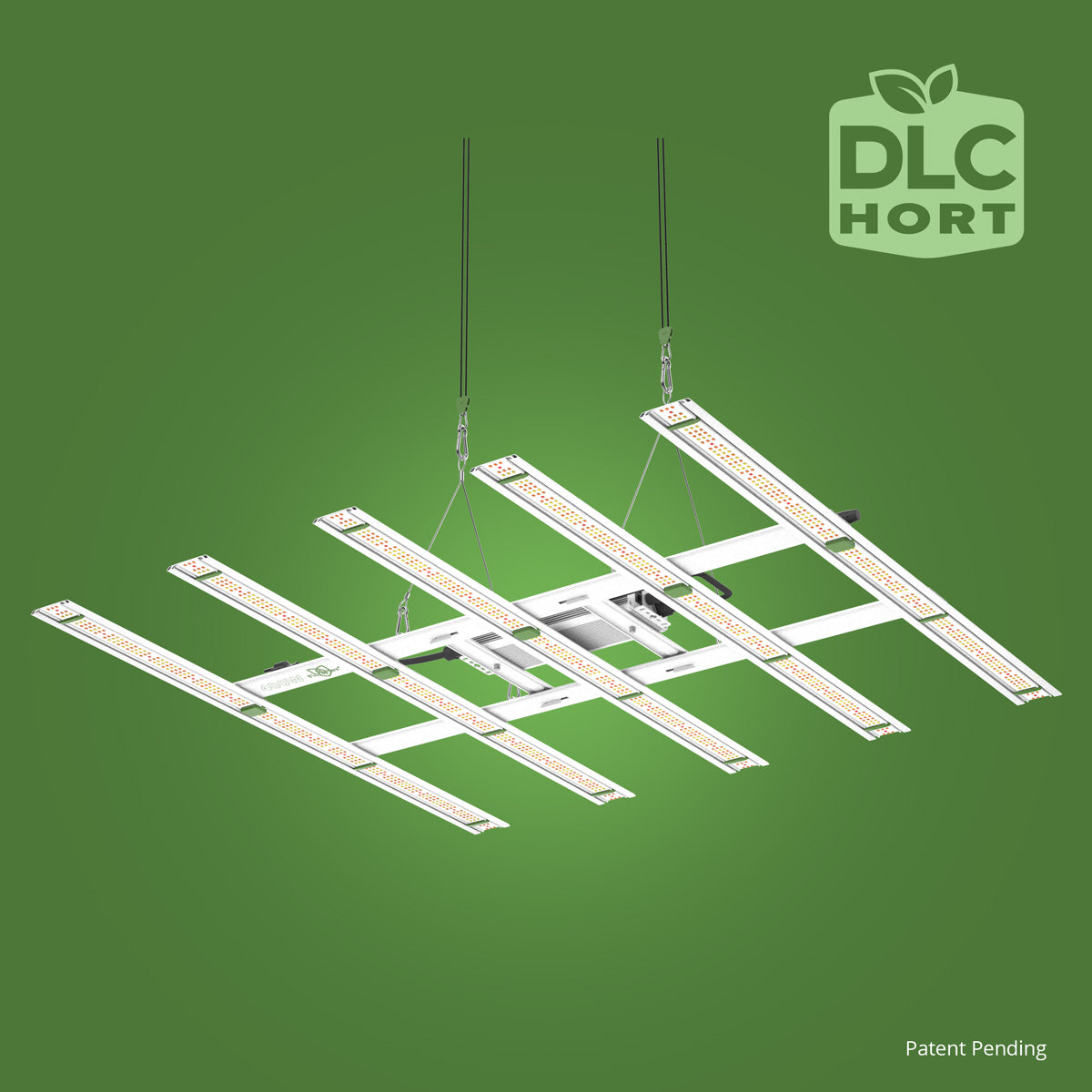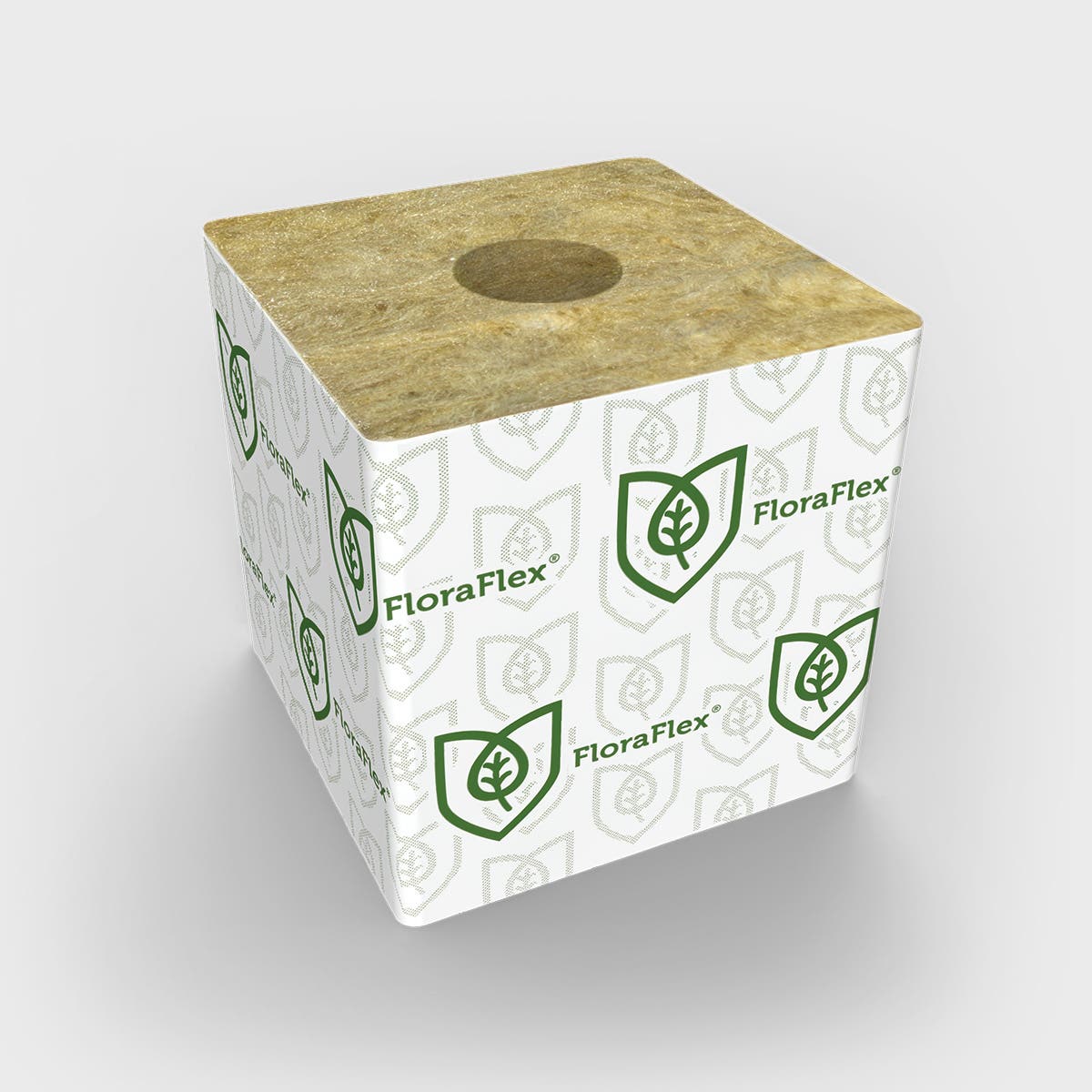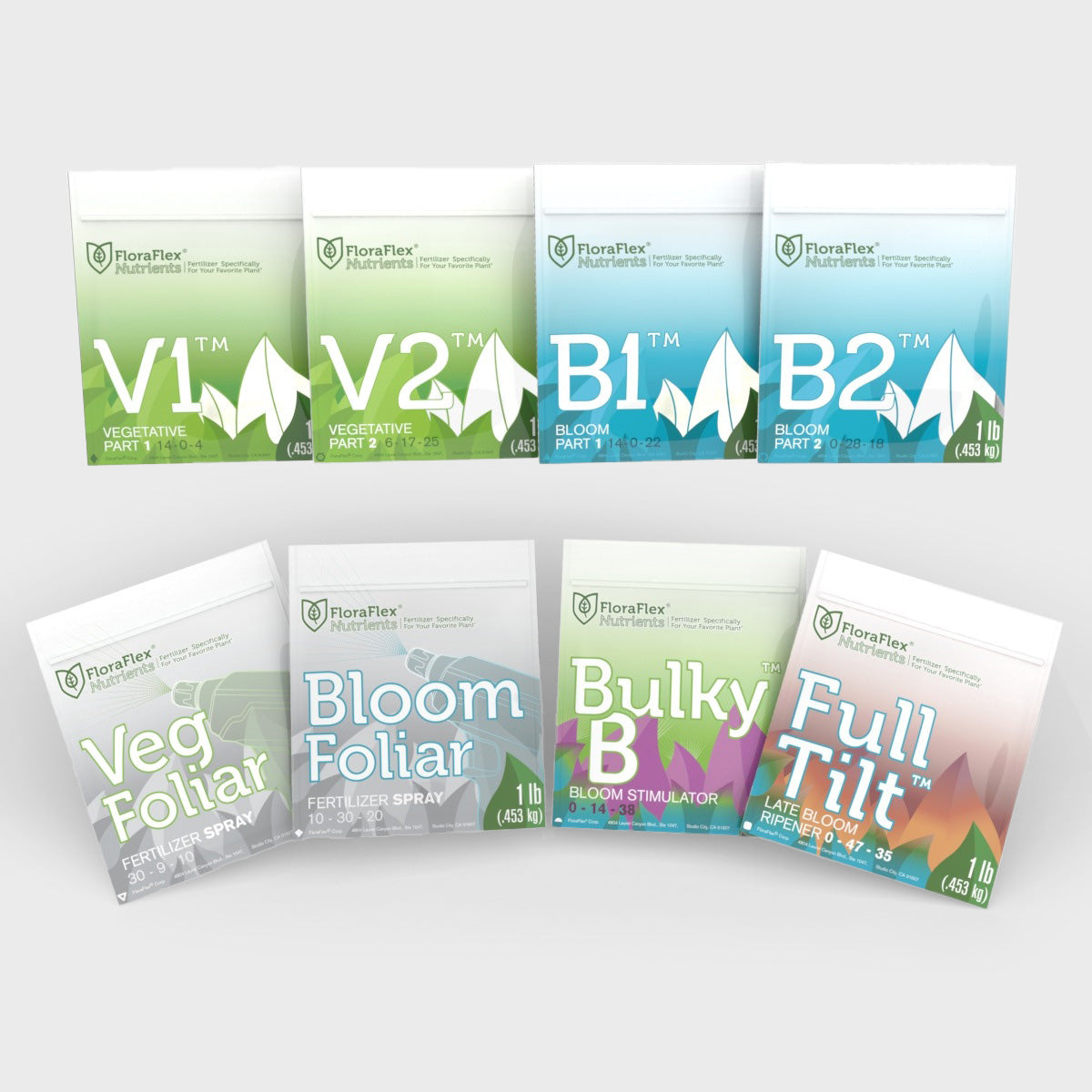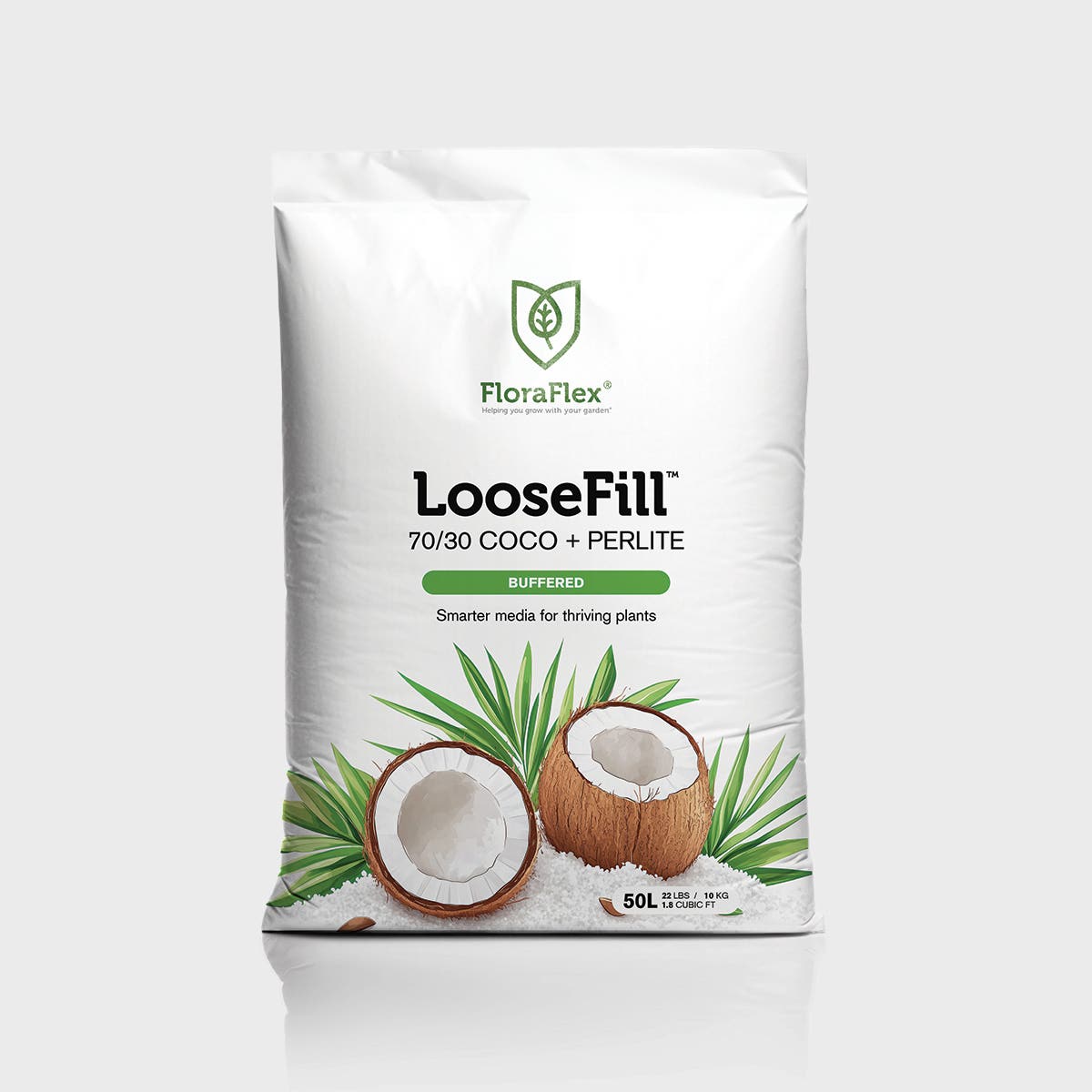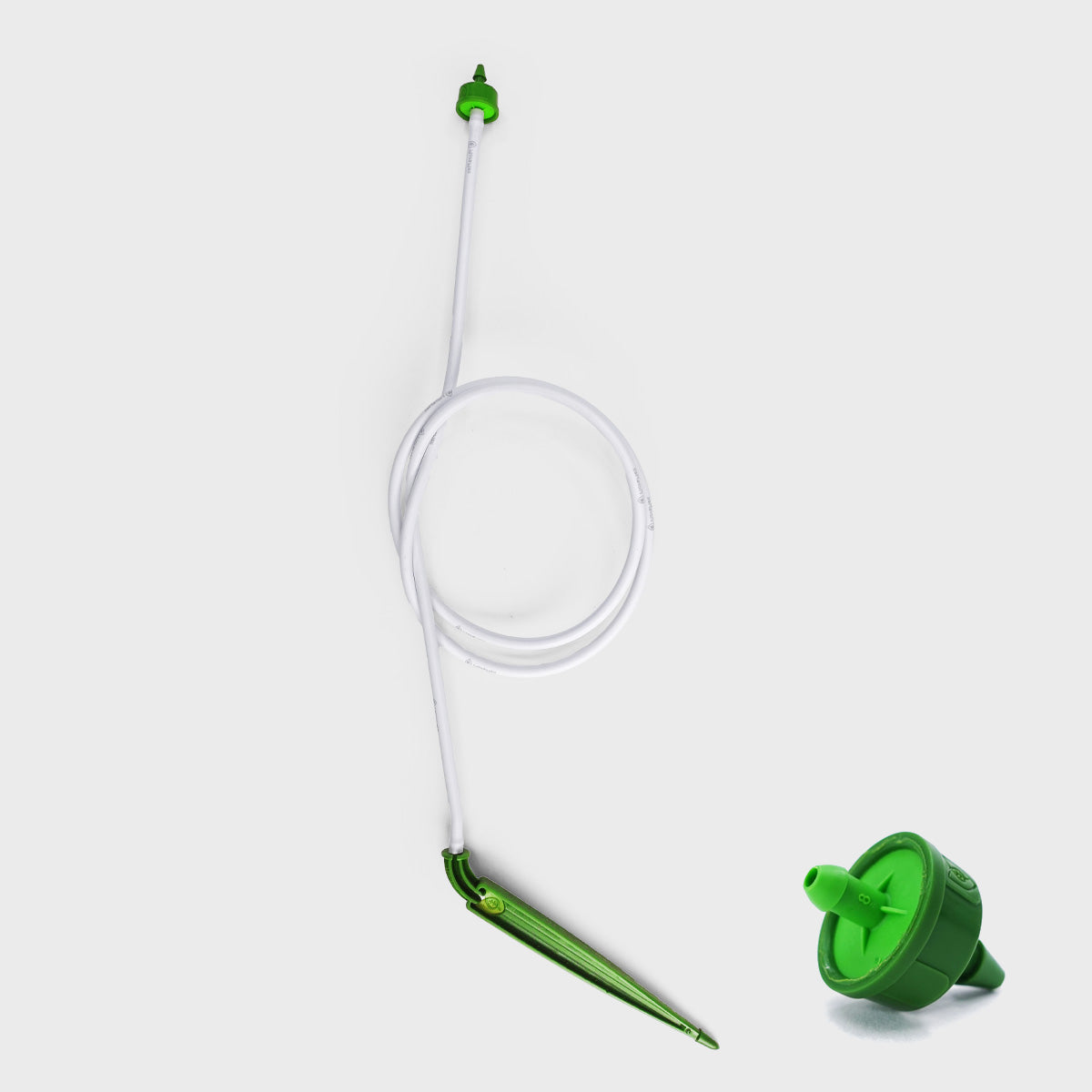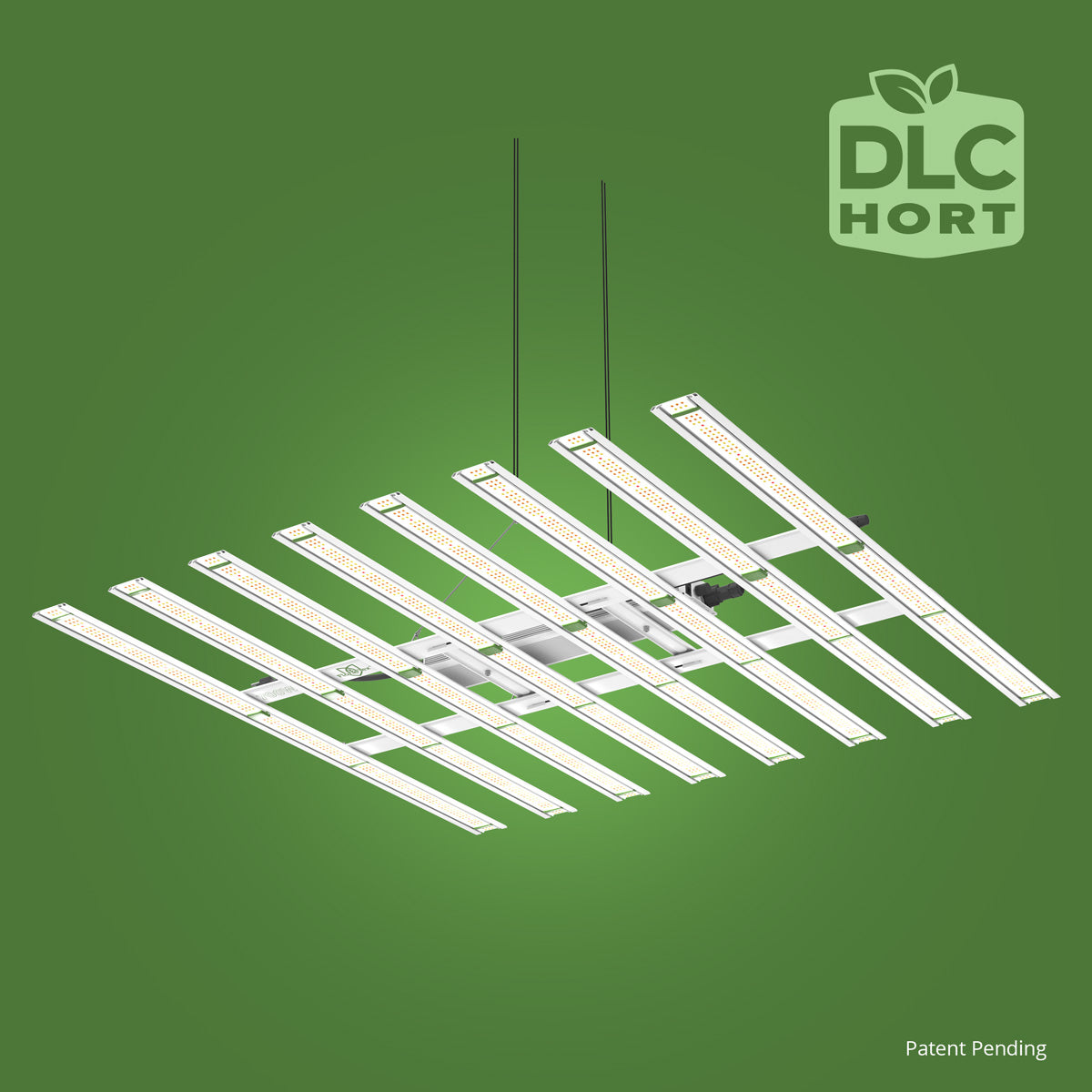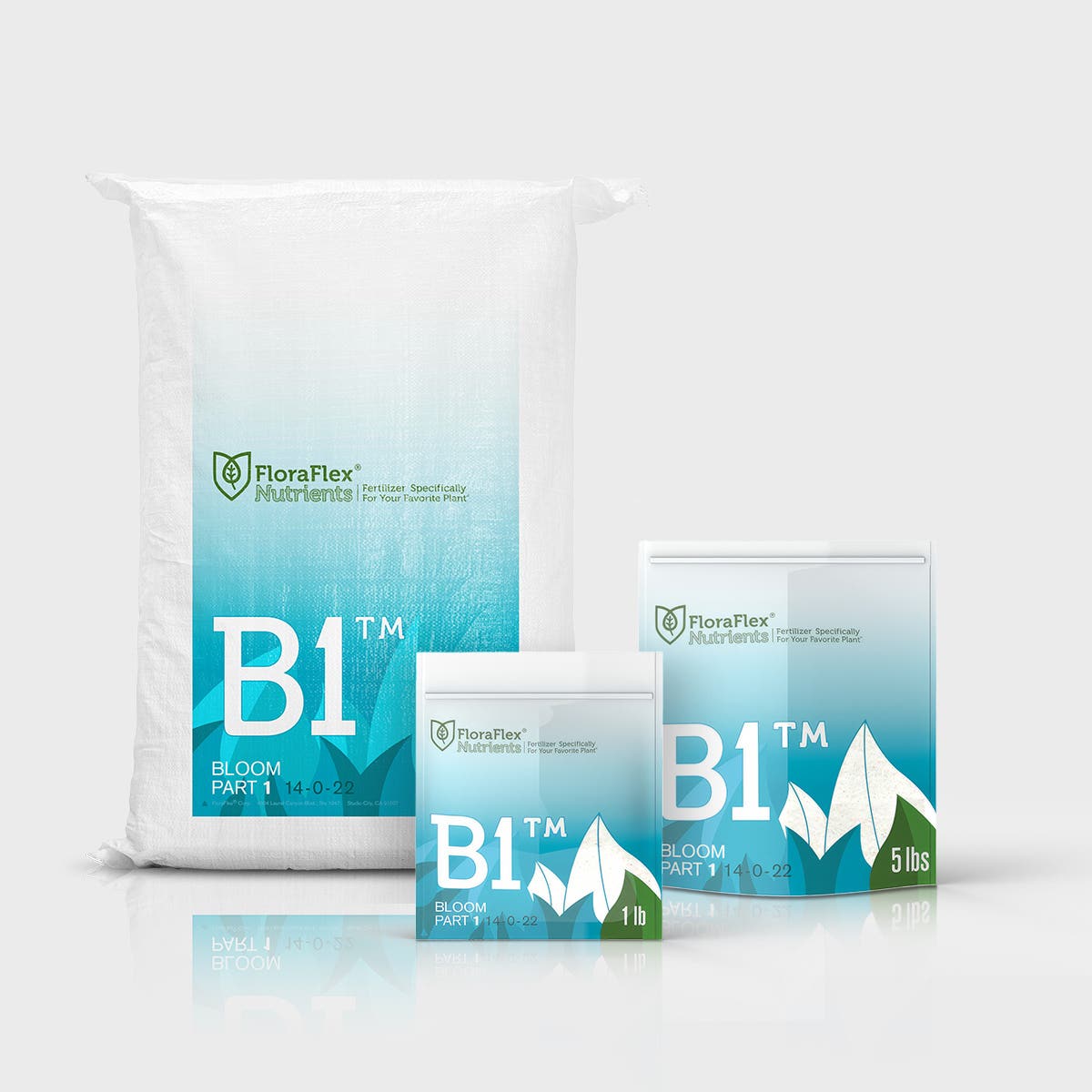Cannabis cultivation is an exciting journey that can be highly rewarding with the right knowledge and approach. For first-time cultivators, understanding the nuances of growing can make a world of difference. To help guide you through this venture, we've put together ten best practices to ensure that your cannabis plants thrive.
Choose the Right Seeds
The foundation of successful cannabis cultivation lies in selecting the right seeds. Start by choosing strains that fit your growing conditions and personal preferences. There are three main types of cannabis strains: Sativa, Indica, and Hybrid. Sativa strains tend to grow tall and are suitable for outdoor cultivation, while Indicas are shorter and denser, making them ideal for indoor environments. If you're unsure about which to choose, hybrids are generally good for beginners, offering a balance of characteristics.
Understand Your Growing Environment
Determine whether you will grow indoors or outdoors, as each has unique considerations. Indoor growing provides more control over environmental conditions such as temperature, humidity, and lighting. Outdoor cultivation, on the other hand, benefits from natural sunlight and can be more cost-effective. Prepare your growing space in advance to ensure optimal conditions for your plants.
Choose the Right Growing Medium
Selecting the right growing medium is crucial for plant health and yield. Soil is a popular choice due to its nutrient content and ability to support robust plant growth. For those looking for a soilless medium, consider using 6"x6"x6" FloraFlex Wool (Basalt Derived), which provides excellent aeration and water retention. This basalt-derived wool is available in different packaging options, including Container 19,056ut and Pallet 768ut, catering to both small-scale and larger operations.
Manage Lighting Appropriately
Whether you're growing indoors or outdoors, lighting is a critical factor affecting plant growth. For indoor cultivation, invest in quality grow lights that mimic the spectrum of natural sunlight. LED lights are a popular choice due to their energy efficiency and ability to provide the full spectrum of light needed for photosynthesis. Ensure your plants receive 18-24 hours of light during the vegetative stage, reducing to 12 hours when it's time to flower.
Maintain Optimal Temperature and Humidity
Cannabis plants thrive in specific temperature and humidity ranges. During the vegetative stage, maintain temperatures between 70-85°F (20-30°C) and humidity levels of 40-70%. The flowering stage requires slightly cooler temperatures, around 65-80°F (18-26°C), and lower humidity levels of 40-50%. Monitoring tools like hygrometers and thermometers can help keep these environmental factors in check.
Water and Feed Your Plants Correctly
Overwatering is a common mistake for first-time growers, which can lead to root rot and other issues. Allow the top layer of your growing medium to dry out before watering again. Your plants also need a balanced diet of nutrients to thrive. Essential nutrients include nitrogen, phosphorus, and potassium, with additional trace elements like calcium, magnesium, and iron. Consider using nutrient solutions formulated specifically for cannabis.
Practice Pruning and Training Techniques
Pruning helps promote growth and increase yield by removing dead or obstructive foliage. Techniques like topping, fimming, and low-stress training can encourage your plants to grow horizontally, maximizing light exposure and improving air circulation. These techniques enhance plant structure and can significantly impact the quality and quantity of your harvest.
Monitor Plant Health and Pests
Regularly inspect your plants for signs of pests and diseases. Common pests include spider mites, aphids, and whiteflies, which can be controlled using natural insecticides or introducing beneficial insects like ladybugs. Fungal diseases such as powdery mildew can be prevented by maintaining proper air circulation and humidity levels. Quick identification and intervention are crucial to minimizing damage to your plants.
Harvest at the Right Time
Timing your harvest is essential for optimizing the potency and flavor of your cannabis. Harvest too early, and you risk losing potency; harvest too late, and you could diminish the desired effects. Look for visual cues like the color of the trichomes. Harvest when they transition from clear to milky, with some turning amber, depending on the strain and desired effects.
Drying and Curing
After harvesting, proper drying and curing are necessary to develop flavor and potency while preventing mold. Hang the cut branches in a dark, well-ventilated room to dry until the stems snap rather than bend. Then, cure the buds in airtight jars, opening them periodically to release moisture, a process that may take several weeks. This step is essential in enhancing the overall quality of your cannabis.
By following these best practices, you'll set the stage for a successful growing experience, whether you're cultivating for personal use or exploring the potential of small-scale commercial cultivation. Remember, growing cannabis is as much an art as it is a science, requiring patience, attention, and a willingness to learn. For more resources and high-quality cultivation products, visit our store at https://sphpfe-x7.myshopify.com. Embrace the journey, and happy growing!

